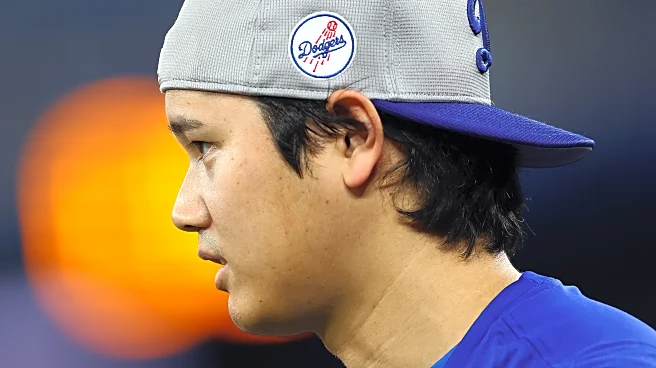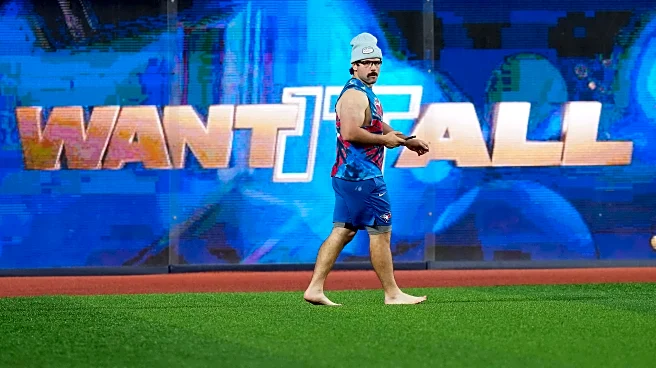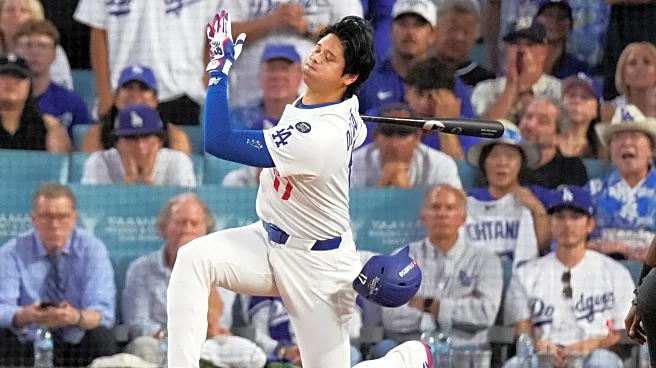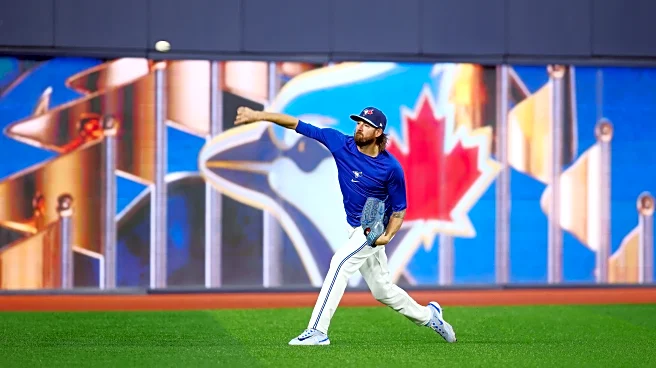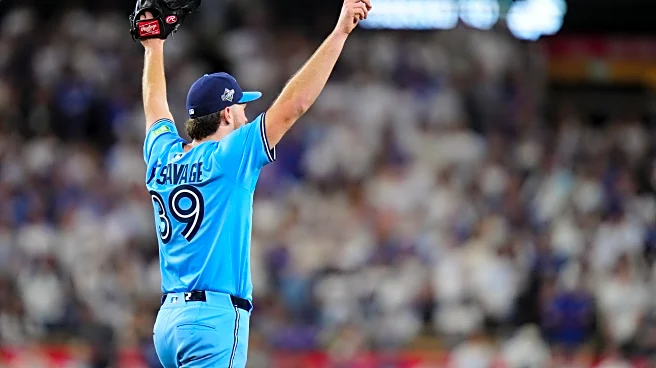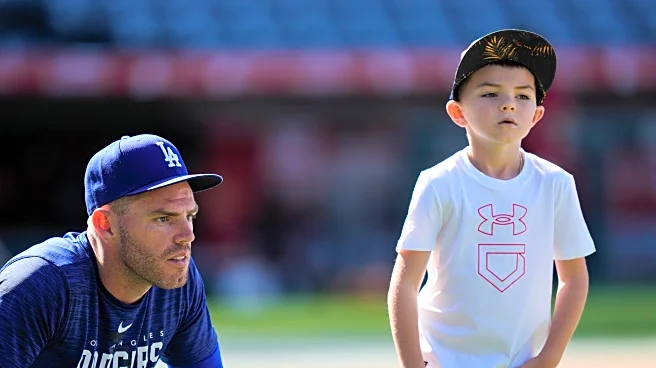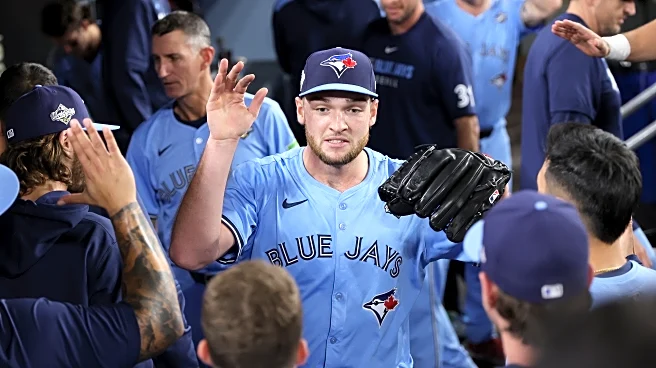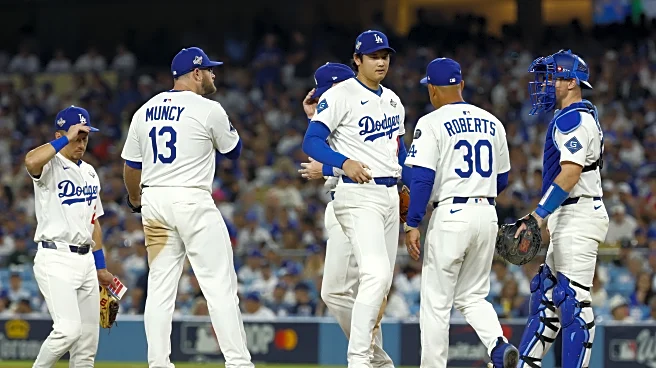The bullpen and its troubles, a recurring topic during this postseason, especially as the performance of the last two starters was greatly affected by how much they had to be pushed to minimize the impact
of the relievers coming in. With the Dodgers biggest, hopefully two games of the season coming up, we shall be taking a crack at figuring out what would constitute aggressive managing from Dave Roberts moving forward without the benefit of hindsight.
Yoshinobu Yamamoto will get the ball in Game 6, and as much as we would love to see him tie Curt Schilling’s sequence of three straight complete games in a single postseason, planning for that is ill-advised. If we’re to factor in the lack of productivity from the Dodgers as of late, Yamamoto, even in a best-case scenario, likely won’t receive enough of a lead to make this a comfortable scenario (planning for the late innings without him). Say Yamamoto goes six or seven; who finishes that game?
Well, the good news for the Dodgers is that in treating Roki Sasaki effectively as a standard closer, they didn’t use him in the two losses at home. Potentially in a similar manner to what we saw against the Phillies, Sasaki should have the leeway to go as deep as he is effective. As much as Los Angeles would like to keep him somewhat fresh for a potential Game 7, maybe not going more than two innings here, it’s all hands on deck. The gap between Sasaki and the others is too great right now for it to be any other way.
If a scenario such as that one works out, you’d get at best a more limited Sasaki on Game 7 and the need to cover even more innings since Tyler Glasnow isn’t likely to go deeper into a game than Yamamoto.
Here, we have a few wild cards to consider, and the main one with layers to be peeled in his potential usage is Shohei Ohtani. An appearance by Ohtani out of the bullpen has been floated around as a possibility well before the playoffs even got here, and the feeling was that it’d be on the table as mostly a last resort type of maneuver. This is about as last resort as it gets, going on the road one loss away from losing the World Series.
Given Ohtani’s unique status, I tend to view his potential usage in two forms: the first and more obvious one would be as a traditional closer, coming in for one or maybe two innings with Los Angeles leading the game (maybe one inning in Game 6, potentially two in Game 7), and the second one would be as an opener in Game 7, pushing Tyler Glasnow back as the follower.
The primary takeaway from Ohtani’s potential usage as a closer is that Los Angeles, despite having a rather shaky bullpen, possesses the ability and even a requirement to be the most aggressive it can be when it comes to Sasaki, using him at basically their earliest convenience. Sure, there’s an element of the unknown with Ohtani out of the bullpen, but he certainly seemed to thrive on it in the WBC. Sometimes it is as simple as getting the ball in the hands of your best player, a concept easily relatable no matter the sport.
A suggestion of Ohtani as the opener in Game 7 comes down to the fact that if he is subbed in during a game as a pitcher, the Dodgers lose the DH. At that point, the only way to keep Ohtani’s bat in the game once he is done pitching would be to play him on the field, which you are basically obligated to do, as losing his bat is out of the question.
Let us paint a scenario here in which you know Ohtani can give you 35 to 40 pitches in a potential Game 7. Imagine a slugfest with both starters out early, or maybe it’s the 10th inning and Sasaki has already left it all out there; you know Ohtani is your best option, and by the time he is out of gas, the game remains tied. You need to bring another pitcher in; what do you do?
By using Ohtani as the opener, you can guarantee his impact early on and not be forced into a scenario of having to wait for a save situation that may never come, for him to get the ball.
Dave Roberts was asked about this wrinkle in Ohtani’s usage and was noncommittal but stressed the need to take things game by game at this point and didn’t rule anything out.
The flip side of this is disrupting Tyler Glasnow’s routine, but understanding Ohtani’s likely usage, you have a debate between a tangible issue and a hypothetical one. Yoshinobu Yamamoto showed himself willing to pitch in that insane Game 3, we’ll get to Blake Snell’s potential relief usage in a second, and even Tyler Glasnow came out of the bullpen against the Phillies. Glasnow could be affected by a different routine, but he could also be fine. Whatever choice is made with Ohtani, the impact of it is nonnegotiable.
As far as Snell, the left-hander has already stated he is preparing himself to pitch out of the bullpen on two-days rest in a potential Game 7. His presence in it, if the Dodgers get there, is virtually guaranteed.
The ideal scenario here probably includes something like Yamamoto going seven and Sasaki covering the last two in Game 6. Glasnow pitches six strong innings in Game 6, Sasaki comes in for a frame, and Ohtani closes things out. But you know what they say, though: the plans of mice and men.
If we want to really dive in on the aggressive side here, could we rule out Tyler Glasnow making a surprise appearance in game 7? Particularly if things don’t quite work out for Yamamoto, but the game is still close with the offense coming alive?
The question of how you would handle Game 7 in that specific scenario goes through Ohtani as the opener, a little bit of Blake Snell and Emmet Sheehan, and a whole lot of “we’ll figure it out.” This doesn’t sound all that appealing, but say this game is tied at 6-6 in the fourth, and it’s too early to bring in Sasaki in your mind? Glasnow as someone to give you length with a decent three days of rest doesn’t sound so bad. If he could go the distance, and you come out with the win, you also get Snell and Sasaki as fresh as possible, given the circumstances, for Game 7.
We’re up to over one thousand words and have yet to mention any of the actual relievers on the roster, which doesn’t feel particularly nice. At this point, it comes down to strictly thinking about this team’s best chance at navigating these two games and coming out on the winning end. You were as careful as possible with all of these expensive aces during the regular season, and it was all so you could push them that extra mile in a moment such as this one. Beyond arguments, the strength of this team is its starting pitching, and if it is to go down, it ought to go down with those guys on the mound.
